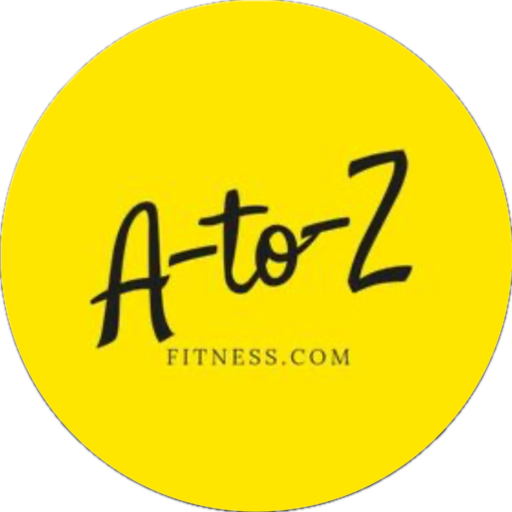
Drowsiness, yawning, stinging eyes… Who has never felt the need to doze off for a short while to recover? This is what is known as the famous afternoon slump, particularly during digestion. If we know that sleep allows us to recharge our batteries efficiently, what are the real benefits of a nap on our health?
A nap : a healthy habit

While daytime napping is a common lifestyle habit for people living in hot countries, it is not as common in Canada. Whether due to a perceived lack of time or a negative impression, this brief moment of rest is too often overlooked by many adults.
Given the hectic pace of contemporary life and all that it demands in terms of attention, it is unfortunate that so many of us do not get the recommended number of hours of sleep per night. It doesn’t take much. Regularly taking a short nap of just 10 to 20 minutes, at the right time of day, can have benefits that add up to a lot in such a short time.
The science behind the benefits of a nap
Many researchers support the theory that the need to nap is due to the innate biological rhythm of all mammals, including humans. When we feel sleepy in the early afternoon, it is simply because of our body’s natural circadian rhythm. Your body secretes a hormone that briefly makes you think it’s time to go to bed. While this energy drop should eventually subside during the afternoon, naps have become a habit in both humans and animals to further counteract its effects.
A nap: a physiological need of the body to regain energy and vitality
Contrary to popular belief in the West, napping is not synonymous with laziness. Napping for a few moments is beneficial to invigorate yourself, but a nap that lasts too long can also have the opposite effect. As a result, when you wake up, you feel even more tired, as if you were knocked out. This is called “sleep inertia”. So, what is the ideal duration to feel all the benefits of a nap?
A nap by minutes
The length of a nap can mean the difference between feeling refreshed and focused or struggling to get back on track for the day. Let’s take a look at the virtues and risks associated with different nap lengths.
The flash nap or micro nap
This nap is characterized by its short duration, i.e. it should not exceed 10 minutes. It corresponds to the first phase of sleep, i.e. light sleep. As soon as the first signs of drowsiness appear, a micro-nap is recommended to relax in order to increase performance when you wake up. Taking a 10-minute nap every day gives you a real boost of energy.

The short nap
Contrary to the flash nap, this nap generally varies between 15 and 30 minutes. Often recommended to relax, the short nap is restorative without sinking into a deep sleep. It is ideal for stressed people who have accumulated a lot of fatigue and find it difficult to concentrate during the day. The 20-minute nap is also an excellent solution to erase a bad night in order to leave reboosted and counter fatigue.
The long nap
The long nap is equivalent to sleeping between one hour and three hours maximum. Contrary to short naps, it is a deep sleep that resumes the complete cycle with :
a light slow wave sleep, called the falling asleep phase
a deep slow wave sleep where the body is at rest. There is a muscular relaxation and an intense physical recovery.
a paradoxical sleep, allowing a mental and psychic recovery.
Night workers, who do not sleep more than three to four hours per night, are for the most part adept at taking long naps in order to recover their ratio of hours of restorative sleep during the day. However, if the long nap allows to fight effectively against chronic fatigue, it remains nevertheless disadvised to insomniacs or to people suffering from sleep disorders.
20 minutes of sleep during the day improves your mood
Taking a nap has beneficial effects on our body, it plays a role on our mood. We know that when we sleep little, we are on edge, we quickly lose patience, hello bad mood! You just have to see the devastating effect of lack of sleep on young parents of newborns. The only solution is to rest during the day. After taking a nap, everyone is back to their best, with a smile.
Napping stimulates our ability to learn
Several sleep experts have demonstrated the benefits of napping on memory. It allows our brain to pause to facilitate the processing of new information. Thus, when we sleep, our neuronal connections are remodeled. Sleep then allows us to consolidate the memorization of all this learning and then transform it into a lasting memory.
Microsleep improves cognitive functions
The nap is a cognitive restorative, which means that it allows the body to recover physically, but also mentally. It would reduce road accidents thanks to a better concentration and vigilance. Studies carried out by NASA on pilots have proven that they were more alert after taking a nap. When they woke up, their level of vigilance had increased by 54% and their level of intellectual acuity improved by 34%.
Napping reduces stress, blood pressure and the risk of cardiovascular disease.
A short period of rest would reduce stress. Moreover, according to a scientific study published on Science Daily, the benefits of napping would reduce high blood pressure. And as a result, a drop in blood pressure reduces the risk of cardiovascular disorders, such as heart attack. Studies have also shown less damage to the arteries and heart.
Taking a nap helps to rebalance your nervous system
Sleeping for a short time allows your body to recover better. During your sleep, your muscles relax, your body is more relaxed and your nervous system is calmed. Thus, the nap allows you to recharge your batteries from a physical point of view, but also mentally, by rebalancing the nervous system.





